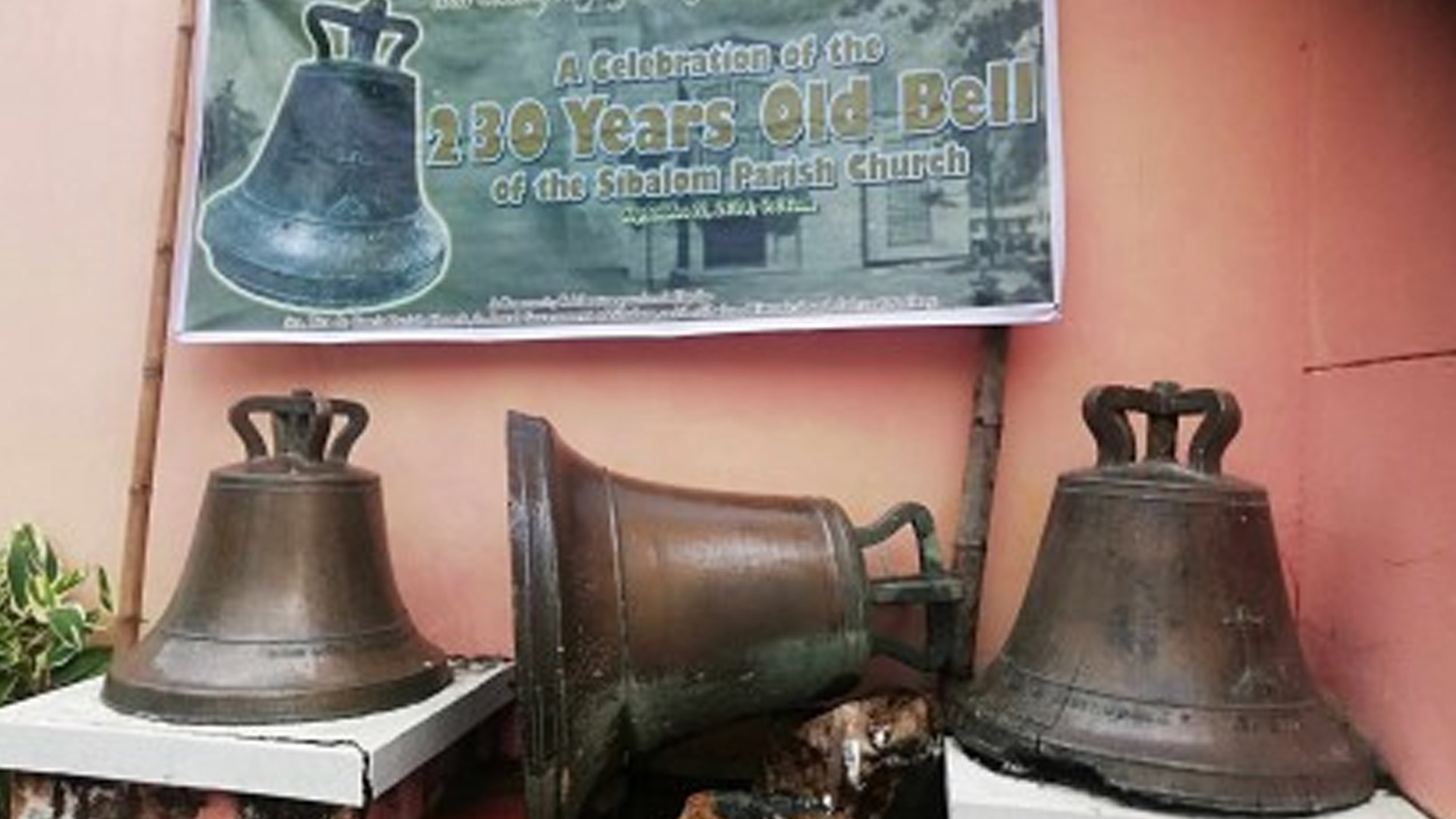The local government unit (LGU) of Sibalom, together with the Sta. Rita de Cascia Parish Church marked the 230th anniversary of the church bell, a symbol of the resilient faith of the town folks in the Catholic Church.
Sibalom Municipal Councilor Reymond Nabalan, chair of the Committee on Tourism, Culture, and Cultural Minorities, said the celebration is a momentous occasion, honoring the significance of the bell.
“The church bell signifies the long-standing tradition and rich history of faith and worship within the community,” Nabalan said in his message during the celebration.
Engineer Jonathan De Gracia, the program convener and member of the Sibalom Historical and Cultural Society, said the two-foot and eight-inch bell with a lower diameter of 32 inches was cast in 1794, one year after the first known stone church in the municipality was constructed.
“The bell is very special and rare, believed even to be the oldest in Panay and Negros islands,” he said.
He said that the Augustinian priest Fr. Jose Abollo, assigned in Sibalom from 1791 to 1806, was responsible for the building of the first stone church and the casting of the bell.
“The magnificent bell is also a symbol of how Sibalom was a progressive town since then,” De Gracia said.
Casting a bell entails melting sacks of coins, which depicted how progressive Sibalom, considered one of the richest municipalities in Panay island and the rice granary of Antique province, even during that time, he said.
Parish Priest Jose Tubianosa recalled the bell was part of the lives of the people of Sibalom.
“I could recall that every six o’clock in the afternoon when the bell rings, people really stopped to pray whether they are walking along the streets or playing basketball in the plaza,” he said.
The bell also rings whenever a church member dies or to inform the public to prepare for typhoons.
He also said that with the 230th anniversary of the bell, the parish welcomes pilgrims, tourists, and students who would like to visit and see the bell.
On the other hand, the over 200-year-old Talisay tree just across the Sta. Rita de Cascia Parish Church was marked a natural landmark, simultaneous with the commemoration activity.
“The town’s interactions with Spanish colonial authorities and its evolving social and cultural practices extended around the tree, embedding it in the early colonial of the town’s history,” said Edbert Jay Cabrillos, a professor at the University of Antique and the program convener.
He said that the tree was a witness to the brutal conflict during the Philippines’ struggle for independence from Spanish colonial rule and during World War II when the Japanese forces took control of Sibalom.
“The Talisay tree became infamous for the hangings that occurred there with the Japanese using the public space to instill fear and maintain control of the population,” Cabrillos said.
Hopefully, the National Commission on Culture and the Arts (NCCA) will recognize the bell and the Talisay tree as important cultural and historical property so it is protected and preserved, he said. (PNA)








